Turkey's 10 UNESCO Recognized Intangible Heritage
Turkey is among the top five countries with the highest number of intangible heritage values inscribed on UNESCO's Intangible Cultural Heritage of Humanity list. Due to its long history, Turkey has a rich heritage, including many oral traditions, local knowledge, and traditional skills.
Here are 10 of the most authentic UNESCO-recognised intangible heritage values of Turkish culture that you are sure to love👇
1. Âşıklık (Minstrelsy) tradition

The tradition of âşıklık, or minstrelsy, has been on UNESCO's list for 12 years. The word âşık refers to itinerant poet-singers who play a stringed instrument called the saz and sing at weddings, coffee houses or public festivals and celebrations. These poet-singers undergo a long apprenticeship where they learn how to play string and percussion instruments and how to tell stories orally.
2. The tradition of Nowruz
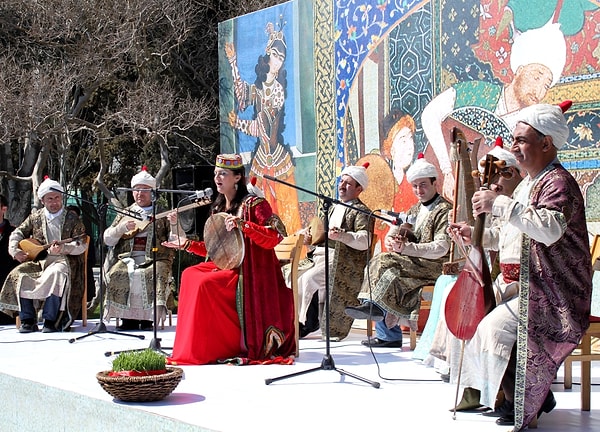
Nowruz, an ancestral celebration marking the first day of spring, has been a tradition for centuries. It involves rituals and ceremonies, and a feast that brings people together, usually close relatives or small communities, in joy.
Nowruz has become a true symbol of solidarity and peace. It was included in UNESCO's Representative List of Intangible Heritage in 2016 as a common cultural value of Turkey and 11 other countries.
3. Mesir Paste Festival
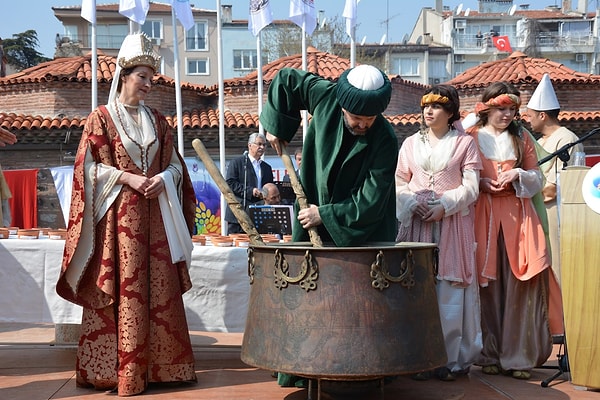
Mesir macunu, a sweet paste made from 41 herbs and spices, was first prepared to cure Hafsa Sultan, the mother of Suleyman the Magnificent, of a serious illness. It was so effective and delicious that the Sultan ordered it to be distributed to the common people.
In the Turkish city of Manisa, a festival has been held every year for the past 400 years to celebrate this genuine product and to see it served by a chef and his apprentices. The festival was inscribed on UNESCO's Representative List of the Intangible Cultural Heritage of Humanity in 2012.
Source: Manisa Ticaret Borsası
4. Turkish Coffee
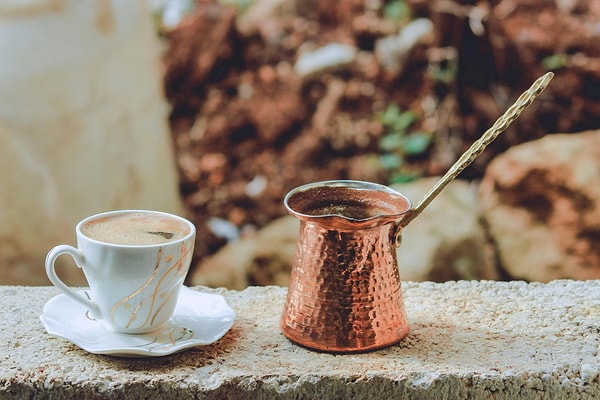
Included in UNESCO's Intangible Heritage List, Turkish coffee symbolises much more than a simple brewing technique. Over time, it has developed a rich, traditional communal culture, bringing people together on special occasions such as engagement ceremonies or just for the fun of it.
Over the course of its history, a tradition has developed in which the coffee grounds are read as part of a fortune-telling practice. Once the coffee has been drunk, the cup is turned upside down on a saucer and left to cool. Then you open it, and a variety of patterns appear before your eyes. The most common associations are animals, hearts, the moon, eyes, tears and other similar symbols. They mean different things, such as getting a message, getting rich instantly, good or bad luck, happiness or sadness. Be careful, though, as this habit can become addictive once you've tried it for the first time.
5. Ceremonial Keşkek tradition
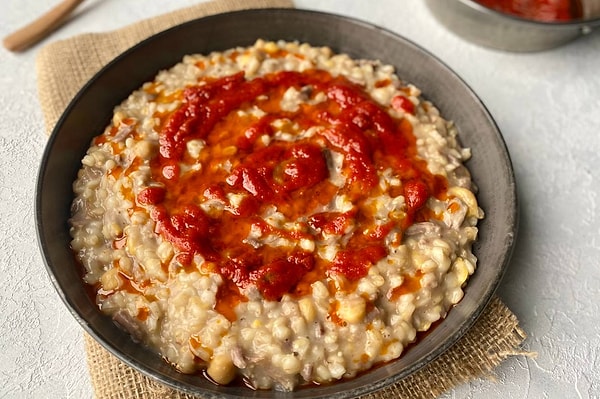
Keşkek is a Turkish dish made from meat and wheat. It has a tradition of being prepared in large cauldrons, called kazan, for weddings, circumcisions and religious holidays. The wheat is usually beaten by the youngest people in the village to the cheers of the crowd. It is probably this entertaining side of the tradition that has earned Keşkek a place on UNESCO's list of the world's intangible cultural heritage.
6. Flatbread-making culture
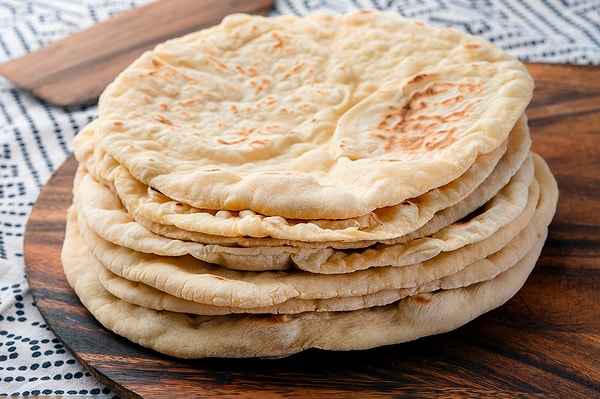
Traditional Turkish flatbread was added to UNESCO's Representative List of the Intangible Cultural Heritage of Humanity in 2016 as part of a multinational file that includes Turkey, Iran, Kazakhstan and Kyrgyzstan.
Flatbread making is a tradition that has been maintained for several generations thanks to its social function and widely observed practice, with three or more people actively participating in the preparation and baking processes of these traditional specialties. It includes several types of bread. Lavash, katyrma, jupka and yufka are types of these round-shaped breads, while the different baking techniques include the use of tandır, sac or kazan. These are some of the unique cooking utensils that are widely used in the region.
Passed down from master to apprentice, this tradition is still maintained in rural parts of Turkey and strengthens the sense of belonging that should be felt among members of the community.
7. Kırkpınar Oil-wrestling Festival

Every year in the city of Edirne, Pehlivans, wrestlers trained in the master-apprentice tradition, take part in the ancestral festivities now known as the Kırkpınar Oil Wrestling Festival. Thousands of people from different age groups and regions attend the festival and watch the wrestlers compete for the Kırkpınar Golden Belt and the title of Chief Pehlivan. The ceremony features forty bands playing traditional Turkish instruments such as the davul and zurna, and the pehlivans wearing a traditional costume called the kispet, or thick trousers.
8. The Turkish art of Ebru
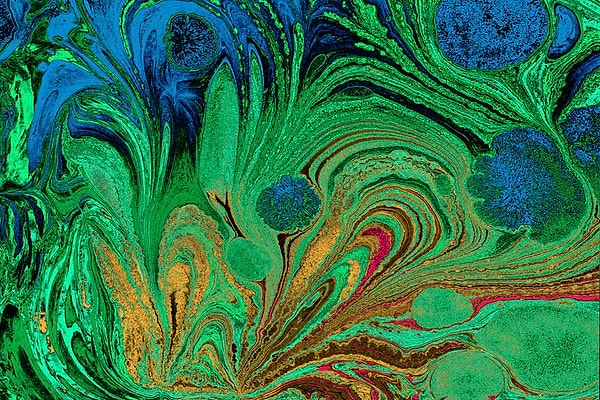
Ebru is the art of creating colourful patterns by sprinkling pigments onto a pan of oily, condensed water and then transferring the patterns onto a special paper. It was originally used to decorate the margins of books before becoming an art form in its own right. It is now considered an integral, traditional part of Turkish cultural identity. Ebru was inscribed on UNESCO's Representative List of the Intangible Cultural Heritage of Humanity in 2014.
9. Mevlevi Sema ceremony
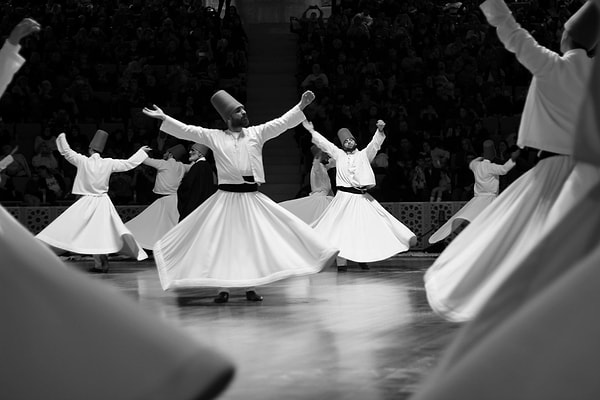
A ceremony observed by the Mevlevi sect, the semah symbolises one's mystical connection with God and contains highly detailed elements and themes. The tradition began well after the death of Mevlâna Celaleddin Rumî, a prominent figure in Sufism who is most often identified with the movements of the whirling dervishes.
Şeb-i Aruz, which means 'Wedding Day', is celebrated every year on 17 December, the anniversary of Mevlana's death. Thousands gather at the Mevlâna Museum in Konya to commemorate him and celebrate his reunion with 'his beloved' (God, as he is commonly referred to in Sufism). Mevlana would see death as the time of release from the cage we call the body - and the time to rejoin God once and for all. For this reason, people regard this custom as a festival and continue to celebrate it, offering each other gifts of all kinds.
10. The public storyteller: Meddah
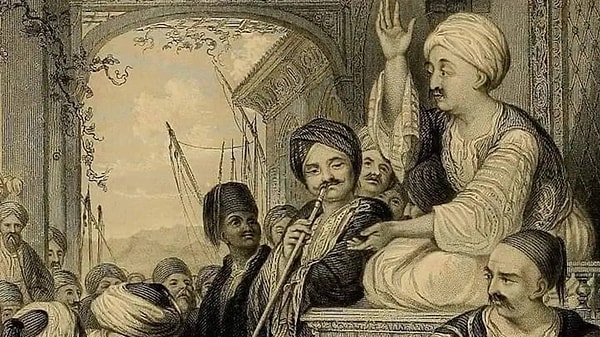
The art of the Meddah can be described as public storytelling. The performer of this art is called the meddah and he usually tries to entertain the audience with impersonation and animation.
Keşfet ile ziyaret ettiğin tüm kategorileri tek akışta gör!

Send Comment